Discover 10 hidden attractions, cool sights, and unusual things to do in Sandown and Shanklin (United Kingdom). Don't miss out on these must-see attractions: Wildheart Animal Sanctuary, Pirates Cove Adventure Golf Shanklin, and Dinosaur Isle. Also, be sure to include St Blasius Church in your itinerary.
Below, you can find the list of the most amazing places you should visit in Sandown and Shanklin (England).
Table of Contents
Wildheart Animal Sanctuary
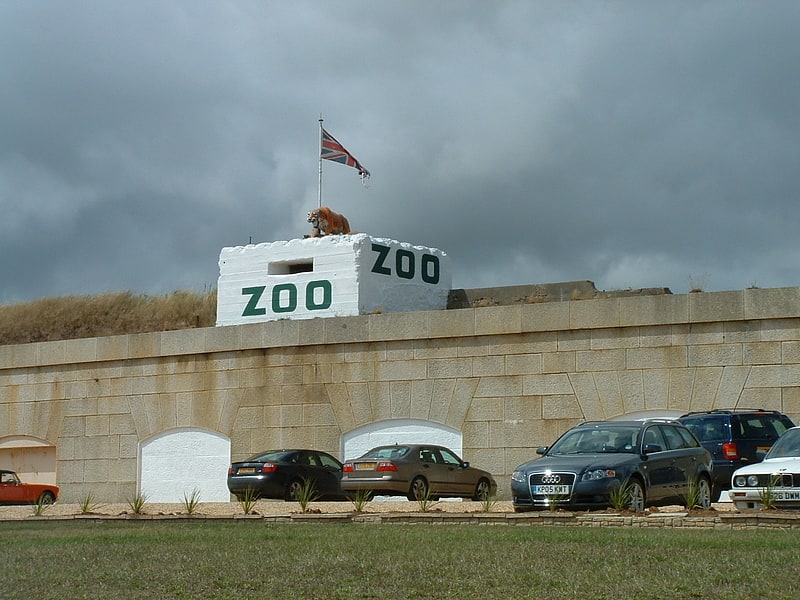
Zoo in Yaverland, England. The Wildheart Sanctuary, previously known as the Isle of Wight Zoo and Sandown Zoo, is a sanctuary inside the former Sandown Fort on the coastline of Sandown, Isle of Wight. The zoo was privately owned but became a charitable trust in 2017. The collection focuses principally on big cats and Madagascan animals.
As part of the European Endangered Species Programme, the zoo has had success breeding several species of Madagascan animals including the critically endangered black-and-white ruffed lemur.[1]
Address: Yaverland Seafront, PO36 8QB Sandown
Pirates Cove Adventure Golf Shanklin

Game and entertainment center, Theme park, Playground, Mini golf, Golf
Address: Shanklin Esplanade, PO37 6BG Shanklin
Dinosaur Isle
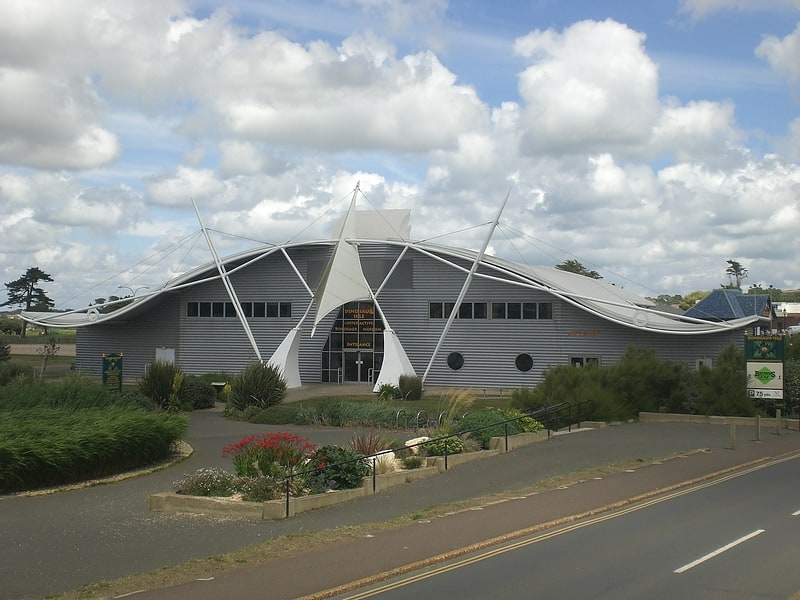
Museum in Sandown, England. Dinosaur Isle is a purpose-built dinosaur museum located in Sandown on the Isle of Wight in southern England.
The museum was designed by Isle of Wight architect Rainey Petrie Johns in the shape of a giant pterosaur. It claims to be the first custom-built dinosaur museum in Europe.[2]
Address: Culver Parade, PO36 8QA Sandown
St Blasius Church
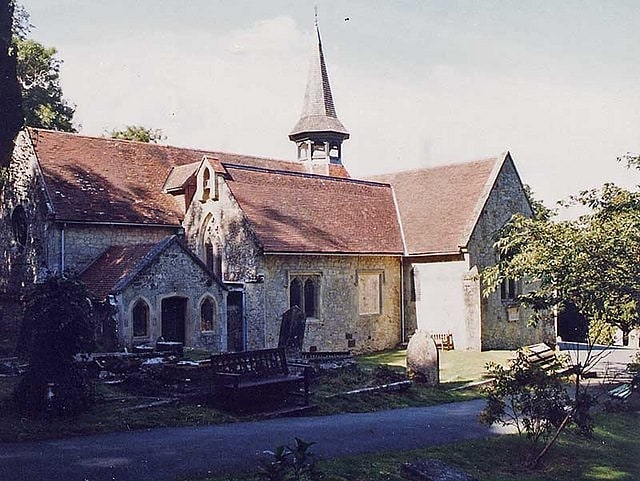
Church in Shanklin, England. St. Blasius Church, Shanklin is a parish church in the Church of England located in Shanklin, Isle of Wight.
The church is medieval but was largely rebuilt in 1859. It is also known as Shanklin Old Church. The bell ropes hang down into the nave, so the ringers can be seen by the congregation.
It stands at the southern end of the parish at the angle made by the roads to Wroxall and Ventnor. Originally it must have been of the usual aisleless type of manorial chapel—an oblong structure with nave and chancel in one line; and so it remained till 1852, when transepts were added, the church lengthened westward and a bell turret formed at the intersection of the roofs. A lych-gate with clock and bell was put up as a memorial to Mr. White-Popham. There is a good Renaissance oak chest, apparently brought from elsewhere. There are memorial tablets to members of the Hill and Popham families. The registers date from 1717.
The funeral of the actor and singer Powis Pinder was held here in 1941.[3]
Sandown Fort
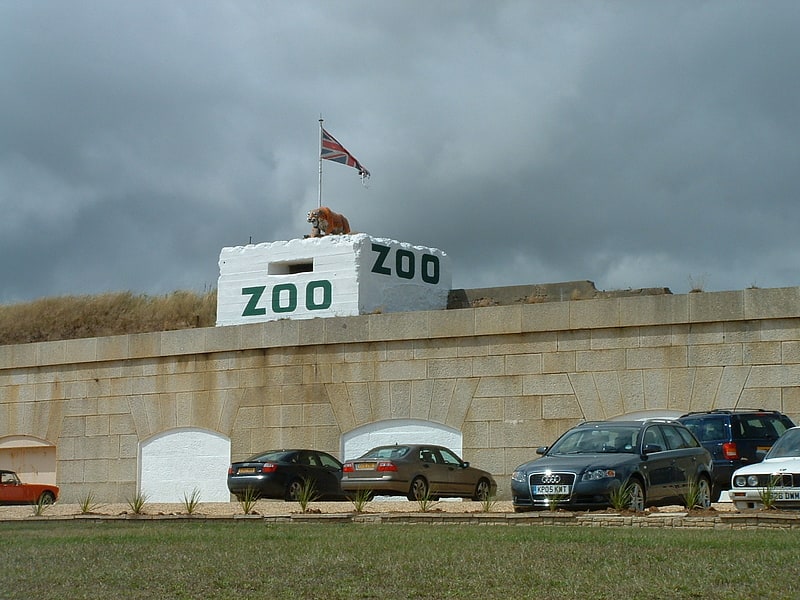
Historical landmark in Yaverland, England. Sandown Fort is a fort built in Sandown on the Isle of Wight in the middle of Sandown Bay. It is one of the many Palmerston Forts built on the island to protect it in response to a perceived French invasion. It was a replacement of the earlier Sandown Diamond Fort as in 1859 the Royal Commission felt it did not offer suitable protection. Construction of the fort began in April 1861 and was completed by September 1864 at a cost of £73,876. In later documents it is often referred to as Granite Fort. The fort originally had 18 9-inch R.M.L guns facing the sea behind iron shields, these guns were later upgraded and an extra 5 inches of armor was added.
The fort was sold in 1930 but during World War II the fort played a significant role in the D-Day landings as it housed sixteen pumps for the PLUTO (Pipe Line Under The Ocean) operation to Allies supplied with fuel. Each of the 16 pumps supplied 36,000 imperial gallons (1,000 barrels; 160,000 litres) of fuel per day at a pressure of 1,500 lb per square inch. In the 1950s the site went on to house the Isle of Wight Zoo, which it continues to do so to this day.[4]
Address: Yaverland Road, Sandown, Sandown and Shanklin
Shanklin Chine
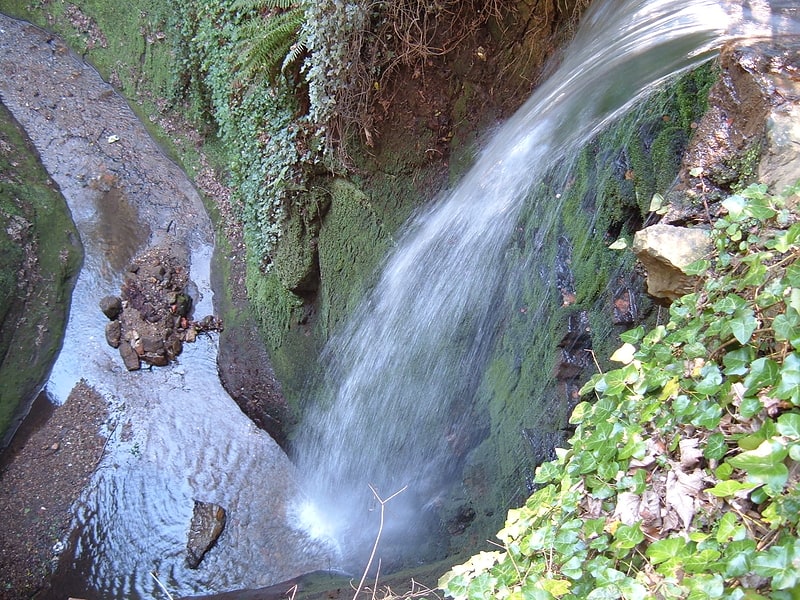
Geographical feature. Shanklin Chine is a geological feature and tourist attraction in the town of Shanklin, on the Isle of Wight, England. A wooded coastal ravine, it contains waterfalls, trees and lush vegetation, with footpaths and walkways allowing paid access for visitors, and a heritage centre explaining its history.[5]
Address: Chine Hill, PO37 6BW Shanklin
Rylstone Tea Gardens & Crazy Golf
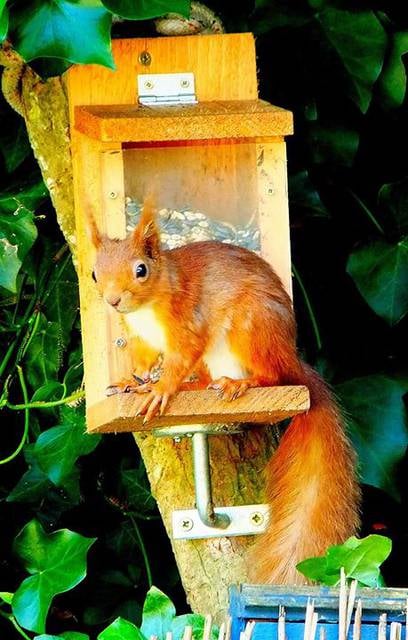
Garden, Park, Relax in park
Address: Popham Rd, Sandown and Shanklin
Church of St Saviour-on-the-Cliff

Parish church in the United Kingdom. The Church of St. Saviour-on-the-Cliff, Shanklin is a Grade II Listed parish church in the Church of England located in Shanklin, Isle of Wight.[6]
St Paul's Church
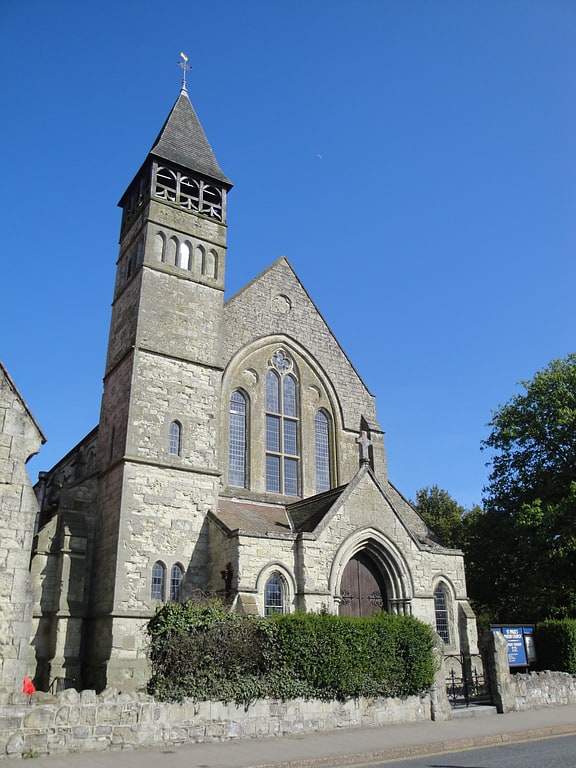
Church in Shanklin, England. St. Paul's Church, Gatten, Shanklin is a parish church in the Church of England located in Shanklin, Isle of Wight.[7]
Marine Villa
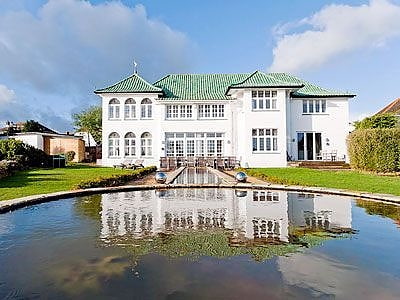
Marine Villa is an Art-Deco house located on the clifftop in Shanklin Isle of Wight and is famous locally on the Island but little known beyond its shores. It was known originally as "Green Tiles" and was commissioned by the Cater family from London, and was designed by local architect Ernest L Smith to take advantage of the vistas across Sandown Bay. The house was built in 1929 and takes full advantage of its cliff-top location, and is probably one of the Isle of Wight’s most distinctive properties. All main living and bedrooms have large windows topped by stained glass detail, framing the vistas. Art-Deco influences include an upstairs sun room with huge sliding picture windows. In 1933, Clara Cater died, and the house was sold.
It would appear that the most influential owners of the House, were the colourful local characters Horace Terry Wood and his wife Sadie Terry Wood, who purchased the house and lived and partied there for many years. They were responsible for installing the distinctive Art Deco pond and garden design, as these did not previously exist as evidenced by the 1933 particulars of sale. Sadie also installed on brick patio on the lawn facing the sea, two statues of the Great Dane dogs she had been raised with.
Wood owned the Shanklin Brewery, several hotels on the island (including the Holliers), and, most significantly Shanklin Pier, housing Shanklin Casino and concert theatre which hosted many evening entertainment events. It is documented in several books that Terry Woods hosted many after-show parties at their home, entertaining stars of the time such as Arthur Askey, Jimmy Tarbuck and Tommy Trinder. The house had an art deco bar installed, made of glass bricks illuminated by coloured lights.
During their tenure they renamed the house Villa Judapa. It is not clear when the house was renamed Marine Villa.[8]